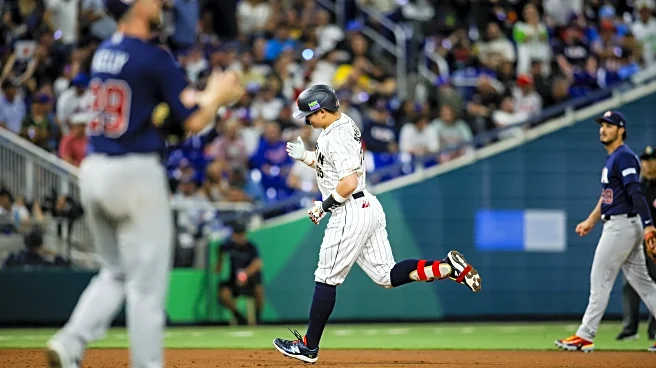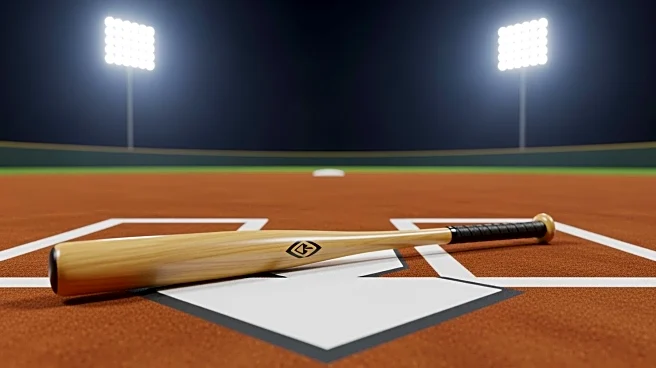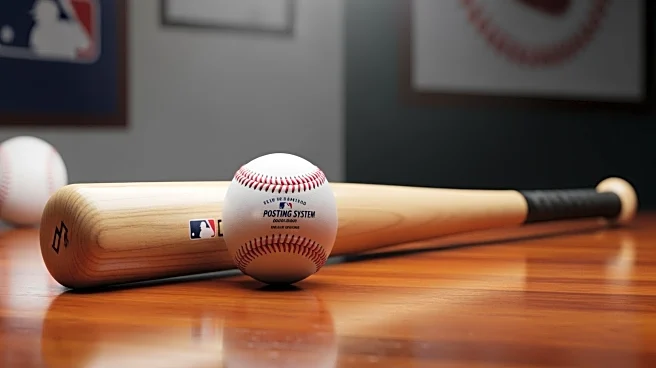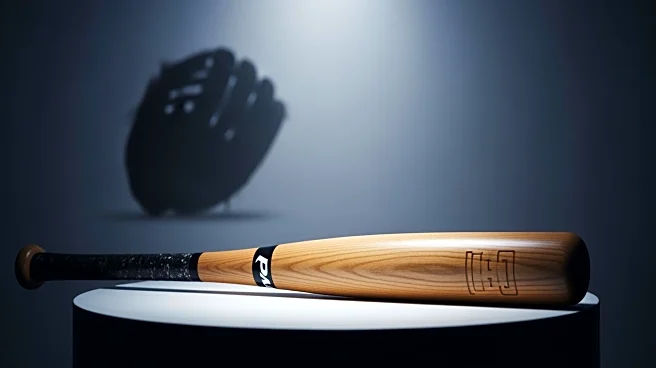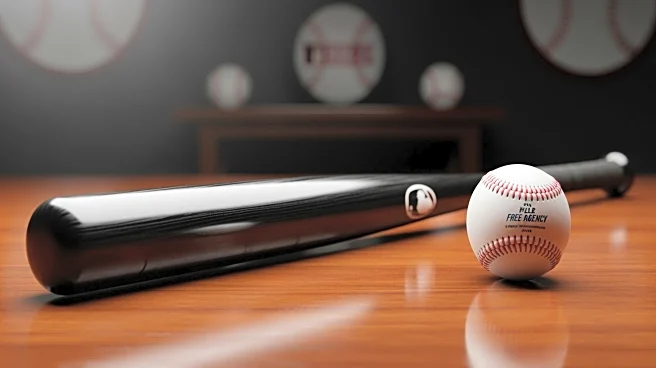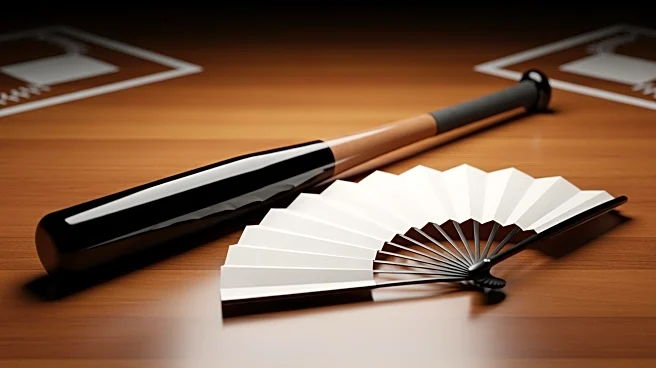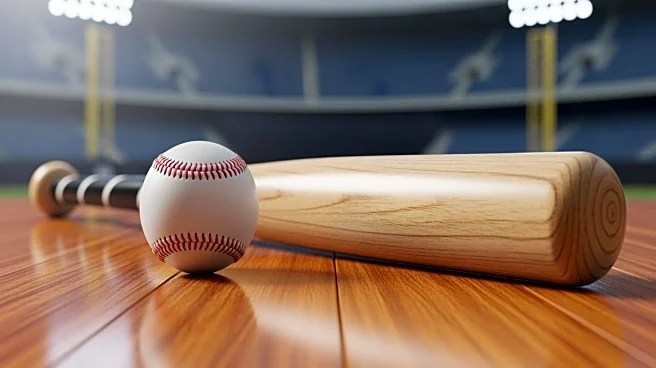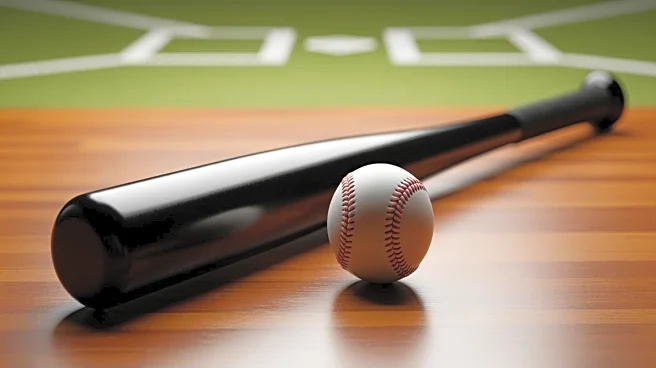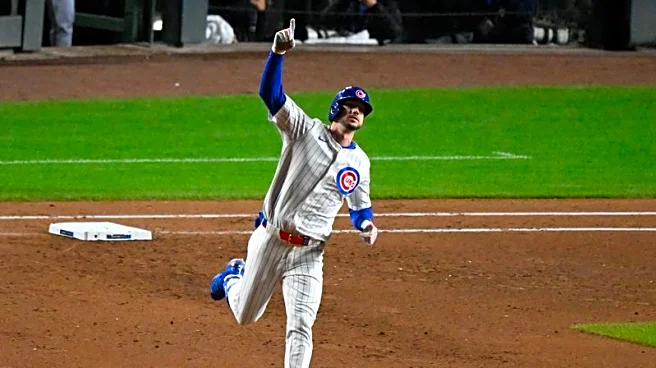One of the more intriguing names on the free agent market has been posted by his Japanese league team. Munetaka Murakami is now available for teams to bid on, opening up a 45-day window of negotiation
between him, MLB teams and the Tokyo Yakult Swallows to figure out the compensation to bring him stateside.
All the scouting reports about Murakami are in agreement: he’s got power for days. It’s probably the defining characteristic of what he will be bringing to MLB. In their most recent piece about players that are likely coming over from Asia, Eric Longenhangen and James Fegan both talked about it.
At the time of his volcanic breakout in the 2021 and 2022 seasons, you couldn’t help but impatiently twiddle your thumbs waiting for the time when Murakami would matriculate to our shores. Now he’s doing so as real questions about his ability to make a viable rate of contact swirl around his profile. Murakami has very special left-handed power, easily a 70 or 80 on the scouting scale, and his 56-homer peak season exemplifies what he can do when he’s accessing that power regularly.
It’s going to be the thing that defines how well Murakami does when he does get to face major league pitching. Hitting that many home runs in any league is going to make teams stand up and take notice and with the dearth of power around the game, his power that he brings from the left handed side will encourage teams to enter the bidding for his services.
However, it would be dishonest to not include the part that Longenhagen and Fegan write about his actual ability to get to that power.
In 2023, his strikeout rate regressed up to 28.1%, near where it was when Murakami was still an improving teenager, and it’s hovered in that range for the past three seasons. That’s a pretty big, scary number for a Japanese hitter trying to transition to MLB.
Murakami’s splits against good velocity (63% contact rate since 2022) and against secondary pitches (just above 50% in 2025) are even more concerning. Essentially, every secondary pitch type played like an elite offering against him in 2025. This may be because Murakami dealt with a litany of injuries from the end of 2024 through the middle of 2025 (toe, elbow, oblique), or it might be remedied with a tweak to the way his hands set up so that he can more regularly be on time against good fastballs. But if Murakami is only ever the quality of contact hitter we’ve seen the last three years, with no changes or improvements, he basically can’t be a good MLB hitter.
It’s something that becomes a recurring theme the deeper you look at his profile. These two writers from Fangraphs are some of the best, but there are others out there that have done profiles on Murakami that are worth looking at. For example, from MLB, this is a deep dive that uses a lot of the under the hood stuff we tend to look at more often when evaluating a hitter. There are things in there that are worth noting, particularly his exit velocities when he does make contact, which is major league ready right now. However, this keeps sticking out to me whenever I read something about Murakami.
But there’s risk for Murakami. High velocity, as well as secondary pitches — especially breaking pitches from left-handed pitchers and offspeed pitches from right-handed pitchers — posed problems for Murakami. Again, that doesn’t bode particularly well for batting in MLB, where high-velocity fastballs are more prevalent and wipeout breaking and offspeed pitches are heavily used.
The app that the writer mentions in his article is one that can offer a lot of insight into what Murakami has been facing while in Japan and how we can apply that to MLB. While there is a lot of red there, good red at that, dig a little deeper and the blue starts to show up in places one would rather not see it. Put it all together and it starts to make an opinion a little more obvious.
The Phillies should avoid the Munetaka Murakami market this offseason.
Projections for what Murakami is going to get during the posting process are varied, but most are hovering around $80 million guaranteed to something a bit more. The Athletic has put his estimated contract at 8 years, $158.5 million, ESPN shows us the $80 million mark and Fangraphs lands at 7 years, $150 million. All three of these guesses feel very, very high for someone with as many question marks as Murakami is carrying.
The questions are the reasons the Phillies should be passing. They have entered the part of their contention window where they are starting to have to pay players in order to stay near the top. For a while now, they’ve gotten good value out of what turned out to be a below market value deal on Kyle Schwarber. They’ve been lucky enough to have Ranger Suarez under team control through the arbitration process. Other players of varying degrees of importance like Alec Bohm and Bryson Stott are starting to make real money, also through arbitration. If the Phillies are going to continue to spend money to keep players and/or sign some from outside of the organization, also while trying to remain within a certain budget range, they’ll have to “hit” on more contracts than not. Having players become burdensome both on the field and on the bottom line can be a drag on their ability to add players that can help push them closer to a championship (see: Castellanos, Nick).
Rolling a rather expensive pair of dice on Murakami seems like a foolish way to do business. If they’re going to spend money to upgrade at the position Murakami plays, in this case third base, wouldn’t it make more sense to either sign a more proven player like Alex Bregman, a better fit for their lineup and team defense, or even simply retain Alec Bohm at a much lower rate? While Murakami does possess power that the team does actually seemingly need, his ability to get to that power seems to be in question. Couple that with his struggles against high velocity and it seems wiser to let someone else play the potential game with their money.
If the goal of signing Murakami were to establish themselves in the Japanese market, perhaps setting their sights on someone more solid in their potential ability to make an impact on MLB would be a better expenditure of that money. They were widely reported to be the team that made the largest offer of guaranteed money to Yoshinobu Yamamoto during his posting process, yet the desire of Yamamoto to play for the Dodgers was too strong. Obviously, the team is willing to spend if and when it’s necessary on someone coming over from the NPB. It’s clear that that is a market they want to get a foothold at and participate in. Yet for the potential price Murakami might be, it’s probably best that they sit this one out and look for another way in.
It’s possible that Murakami ends up a very good major league hitter. He’s got the power all teams crave and has had success in the NPB. Maybe all the struggles he had truly can be attributed to injury or some other issue that can be corrected. But for the potential $100 million outlay the team would need to put out, it’s better they use that in other places. There are just too many question marks, too many red flags that are flying high.
Let someone else roll the dice.
